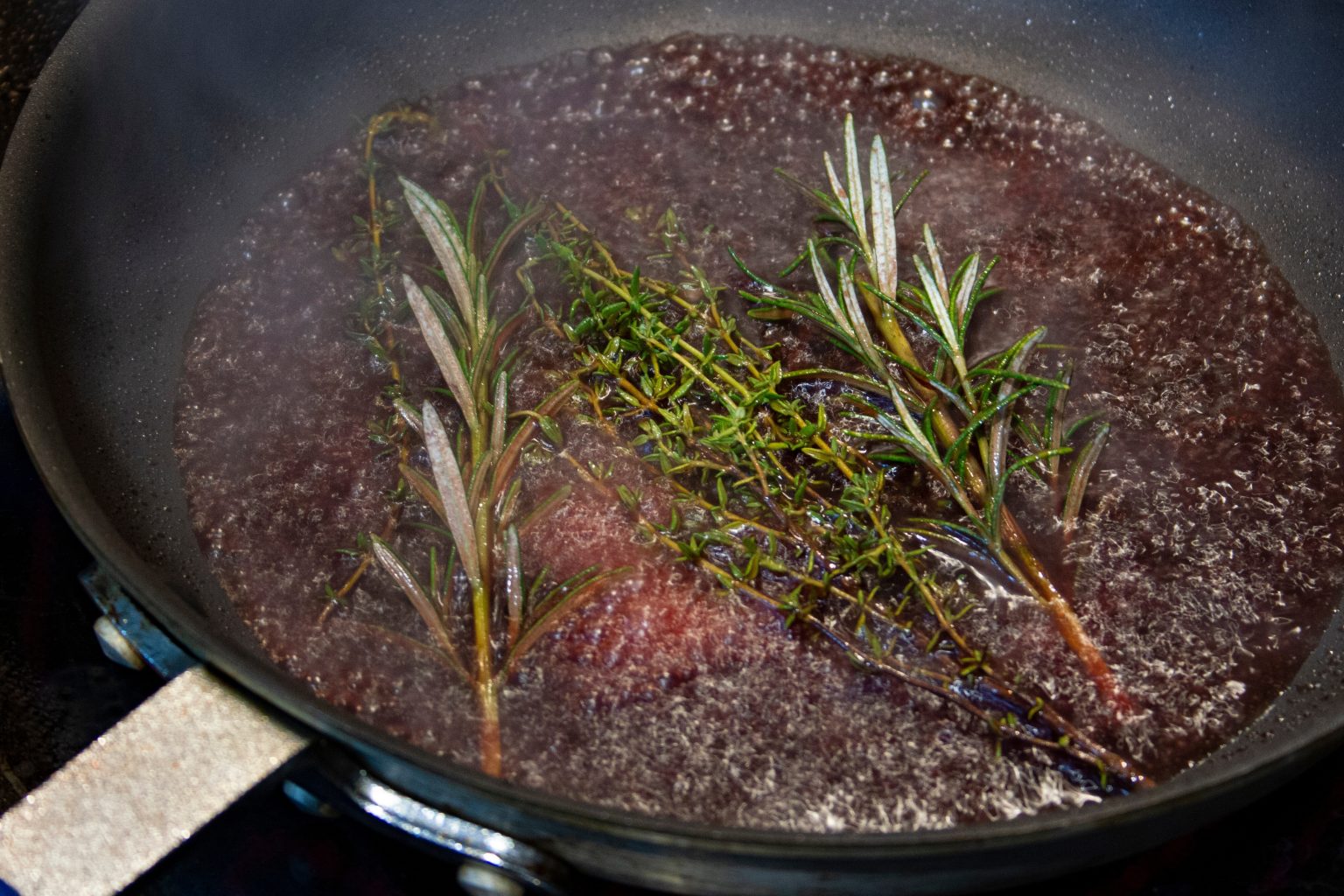Deglazing a pan is a simple cooking technique that can dramatically enhance the flavour of your dishes. By using heat and a liquid, you can transform the browned bits left in your pan into a rich, delicious sauce. This not only intensifies the taste of your meal but also makes use of all the wonderful flavours left behind after cooking meat or vegetables.
To deglaze a pan, it’s important to heat it up after removing your cooked food. By adding a liquid like wine, stock, or even water, you can scrape up the fond (the browned bits) and incorporate it into your sauce. This process is not only quick but also adds depth to your cooking with minimal effort.
The right liquid and proper technique are key to creating a perfect deglazed sauce. Bringing the liquid to a boil before simmering helps concentrate the flavour, ensuring a mouth-watering result. Whether you’re a seasoned chef or a home cook, mastering this method will elevate your culinary skills and impress your dinner guests.
Understanding Deglazing Fundamentals
Deglazing is a cooking technique that involves adding liquid to a hot pan to release browned bits of food stuck to the bottom. This process is essential for creating rich, flavourful sauces.
What Is Deglazing?
Deglazing is the act of adding a liquid to a hot pan to loosen and dissolve the caramelised bits of food stuck to the bottom. These bits, known as fond, form when food is sautéed or roasted. Fond is packed with flavour and provides a robust base for sauces.
The Role of Heat and the Right Moment to Deglaze
High heat is crucial for proper deglazing. After cooking meat or vegetables in a very hot pan, there’s a window of opportunity when the residue is easiest to release. As soon as you remove the cooked food, quickly add the deglazing liquid while the pan is still hot.
Ensure the liquid sizzles and bubbles upon contact. This reaction helps lift the fond from the bottom of the pan. Scrape with a wooden spoon to incorporate it into the liquid.
Selecting the Appropriate Liquid
Choosing the right liquid is important. Common options include wine, stock, water, beer, cider, and various juices. Each brings a unique flavour to the sauce.
Wine and stock are particularly popular. When using alcohol like wine or beer, it’s important to let it fully evaporate to achieve the desired consistency. Avoid using too much liquid to prevent diluting the flavours.
Fond: The Foundation of Flavour
Fond is the brown, sticky residue left after cooking. It’s rich in flavour due to caramelisation and adds depth to sauces.
Scrape the fond off the pan while deglazing, incorporating it into the liquid. This step is essential, as it ensures all the yummy bits become part of the sauce. Using a wooden spatula can help in gently lifting the fond without damaging the pan.
Understanding these fundamentals enhances your ability to make delicious, complex sauces straight from your sauté pan.



